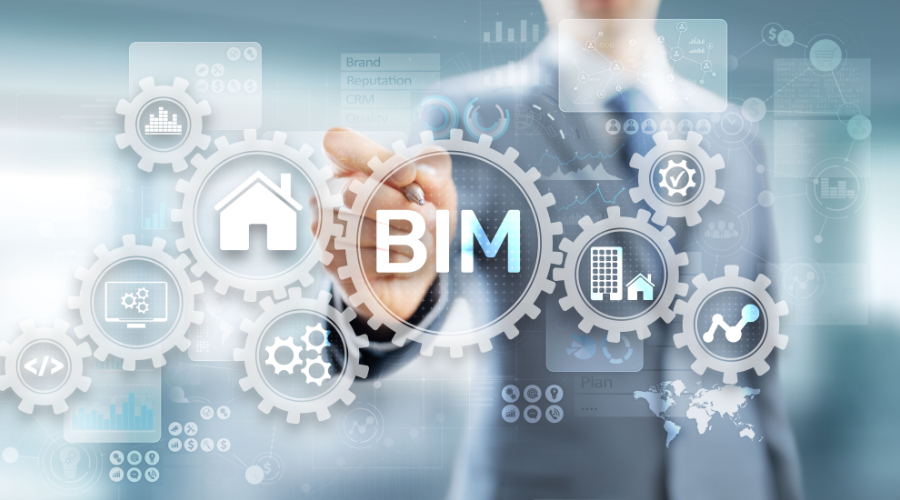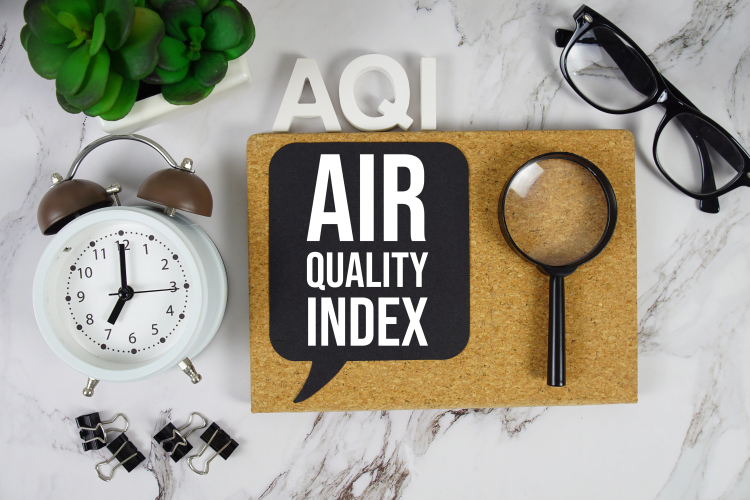Healthy Homes, Sustainable Futures: Why Indoor Environmental Quality Matters
We spend most of our lives indoors, trusting our homes and workplaces to keep us safe. Yet, the way our indoor spaces are designed and maintained impacts not just our comfort, but also our long-term health and the planet’s future. Managing Indoor Environmental Quality (IEQ) — air, lighting, acoustics, and thermal comfort — is now recognized as a cornerstone of both healthy living and sustainable development. 🏡
Recent research confirms this: good IEQ reduces health risks, improves well-being, and supports global sustainability goals like cleaner cities and responsible energy use.
🔎 What the Science Says
A systematic review of 123 studies revealed strong connections between IEQ, health, and sustainability. The evidence shows that energy-tight, poorly ventilated buildings—designed with the intention of conserving energy—can unintentionally trap indoor pollutants such as carbon dioxide (CO₂), volatile organic compounds (VOCs), and fine particulate matter. Over time, this accumulation can lead to symptoms like fatigue, respiratory irritation, and reduced cognitive performance, undermining both health and productivity.
By contrast, buildings that are designed and managed with balanced IEQ strategies not only protect occupant health but also contribute directly to the United Nations Sustainable Development Goals (SDGs):
- SDG 11 – Sustainable Cities and Communities: ensuring healthier, more livable spaces.
- SDG 7 – Affordable and Clean Energy: optimizing ventilation and air quality without excessive energy consumption.
- SDG 12 – Responsible Consumption and Production: prioritizing durable, sustainable building materials and systems that minimize waste.
The takeaway is clear: sustainability cannot be measured by energy efficiency alone. True sustainable living must integrate clean air, thermal comfort, natural light, and acoustic quality—indoor environments that actively support human well-being while reducing environmental impact. 🌱

📈 Tools That Bring Health and Sustainability Together
The research highlights that modern technologies and design strategies are making it increasingly possible to align energy efficiency with occupant health. Instead of treating these goals as competing priorities, today’s tools show how they can complement each other when applied thoughtfully.
- Air sensors and IoT networks allow continuous, real-time monitoring of pollutants such as CO₂, VOCs, and fine particles. By connecting to building systems, they enable immediate adjustments—ensuring that ventilation and filtration respond dynamically to actual air quality conditions.
- Smart design and modeling tools like Building Information Modeling (BIM) and Computational Fluid Dynamics (CFD) make it possible to simulate airflow and predict pollutant hotspots even before construction. This proactive approach helps architects and engineers prevent problems rather than reacting after they occur.
- High-performance materials and passive design strategies such as green roofs, efficient façades, and phase change materials can lower energy demand while simultaneously enhancing thermal comfort and indoor air quality.
- Post-occupancy evaluation (POE) closes the feedback loop by assessing how buildings actually perform once people move in. By collecting real occupant feedback and environmental data, POE ensures that design intentions translate into healthy, sustainable indoor environments in practice.
Together, these tools demonstrate that sustainability and human well-being are not trade-offs. With the right planning and technology, buildings can conserve energy and resources while also fostering healthier, more comfortable spaces for the people who live and work in them.

🏢 Practical Takeaways for Healthier, Greener Living
The review emphasizes that achieving both sustainability and healthy indoor environments requires action at every stage — from design to daily use. For homeowners, designers, and building managers, the key lessons are clear:
- Measure before you act. Indoor air quality problems are often invisible, making it essential to monitor with sensors before implementing solutions. Accurate data on CO₂, VOCs, humidity, and particulate levels give a reliable foundation for making changes that actually work.
- Design with health in mind. Energy-efficient design must go hand in hand with strategies that safeguard health. This means combining passive design features with HVAC systems and, where needed, advanced air purification. By integrating these elements, buildings can save energy while still ensuring fresh, breathable air.
- Educate and engage. Building users play a crucial role. Simple behaviors — such as ventilating at the right times, choosing low-VOC paints or cleaners, and being mindful of pollutant sources — can significantly reduce indoor exposure and complement design-based solutions.
In short, healthy and sustainable indoor environments don’t happen automatically. They require continuous measurement, thoughtful design, ongoing evaluation, and active participation from the people who live and work in them.

How IQAir Supports Sustainable Indoor Environments 🌿
At IQAir, we believe that clean indoor air should never come at the expense of sustainability. Our solutions are designed not only to protect health but also to align with long-term environmental goals:
- 🌍 Sustainable design ethos: IQAir air purifiers, including the HealthPro 250, are engineered for decades of use, backed by our 25-Year Maintenance & Repairability Guarantee—helping reduce electronic waste.
- 🩺 Medical-grade performance: HyperHEPA® filtration captures ultrafine particles down to 0.003 microns, ensuring protection from pollutants that traditional HEPA filters can’t handle.
- 📊 Smart monitoring: With the AirVisual Pro and the world’s largest free air quality monitoring network, IQAir empowers individuals, schools, and organizations to make informed choices about their indoor environments.

By combining advanced air purification with a commitment to durability and transparency, IQAir helps families, architects, and businesses create healthier indoor spaces that also support a more sustainable planet. 🌍

